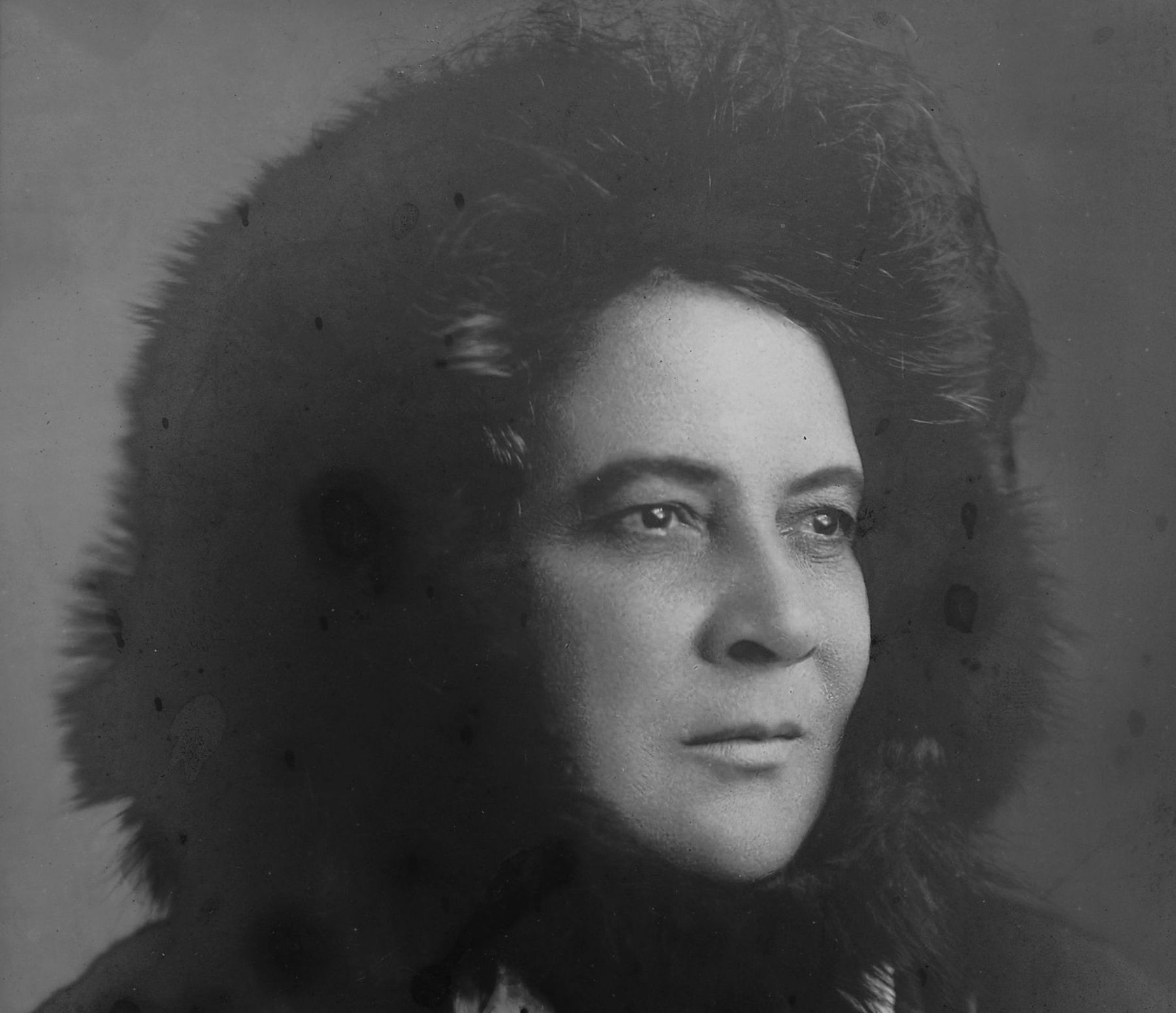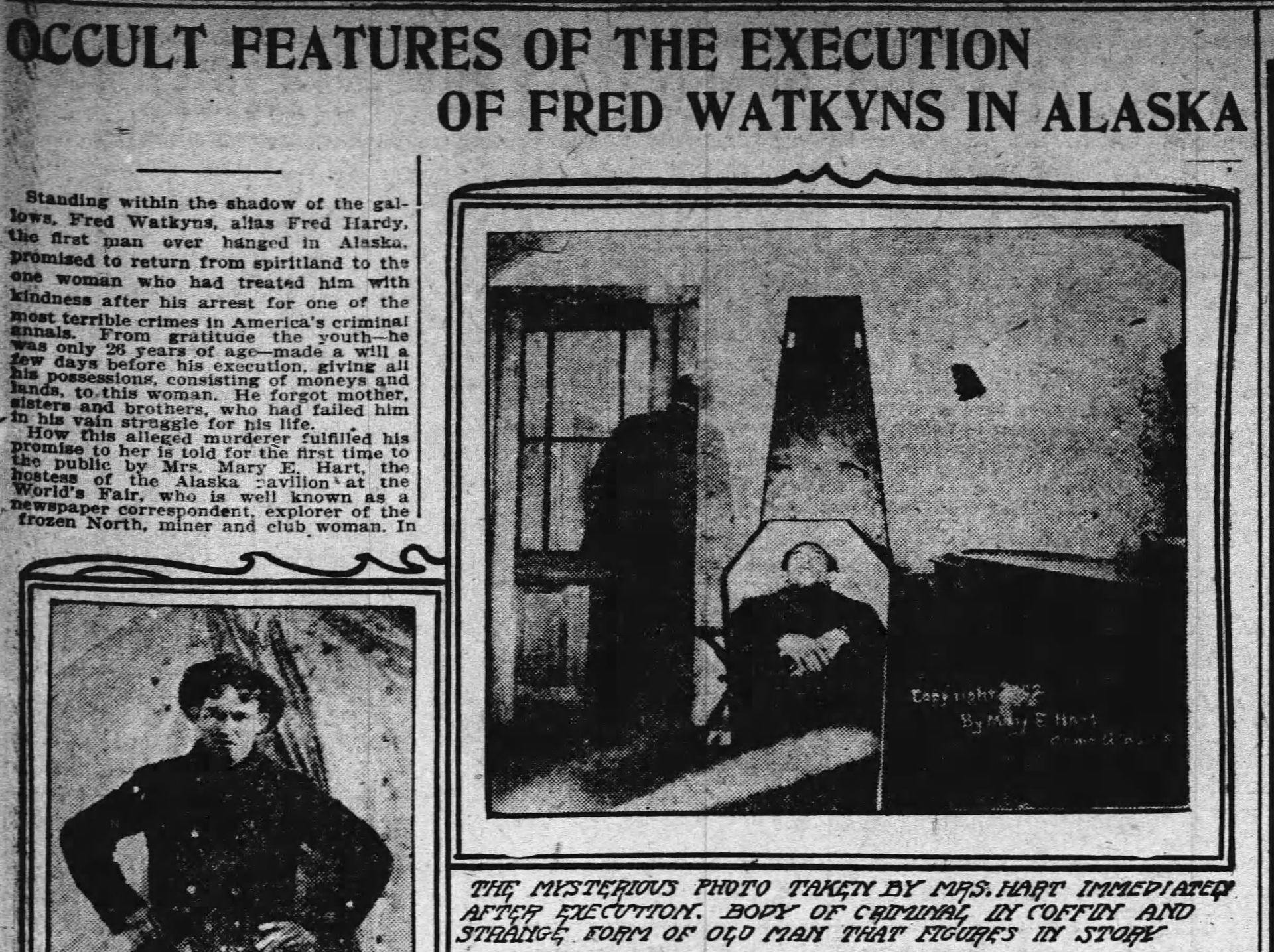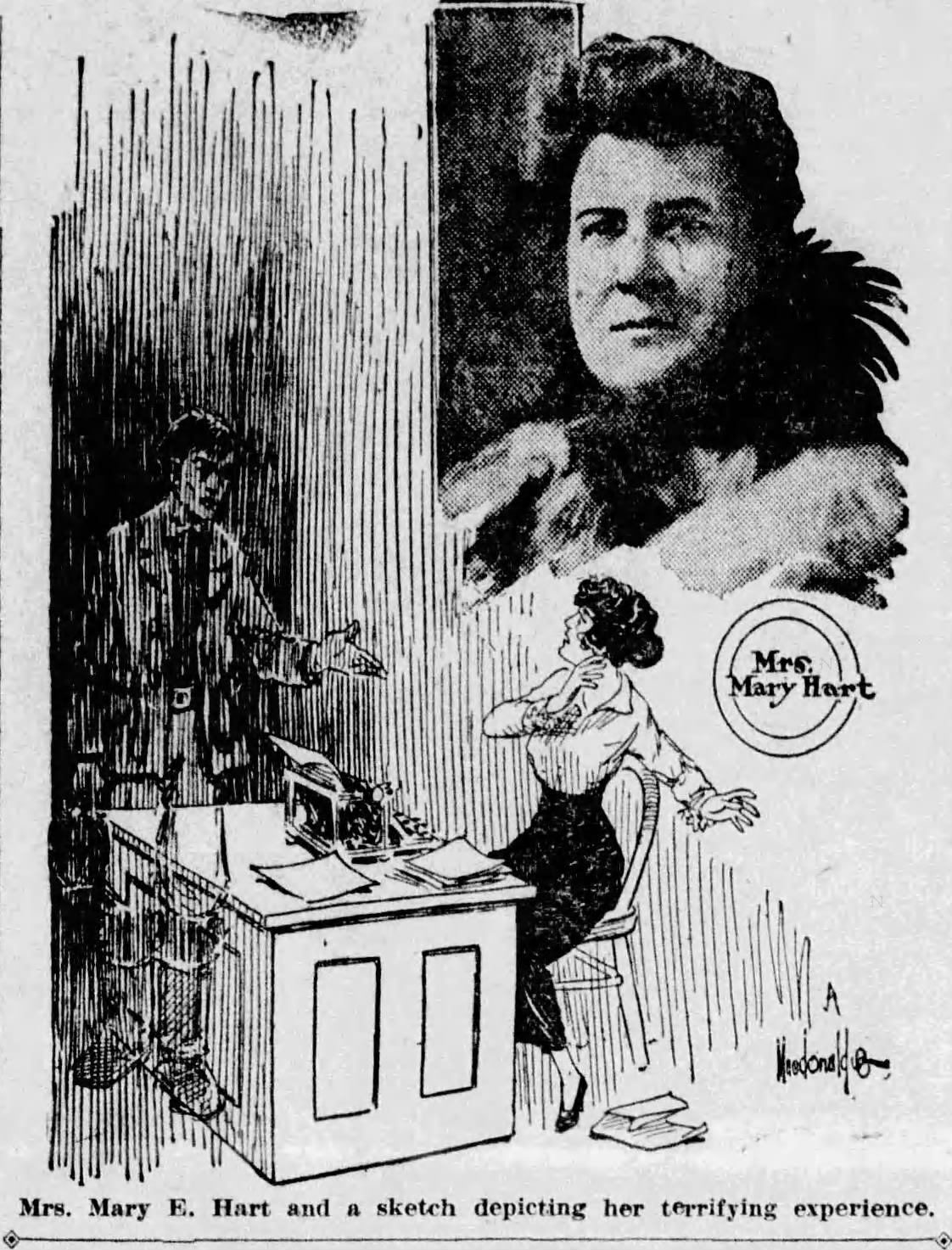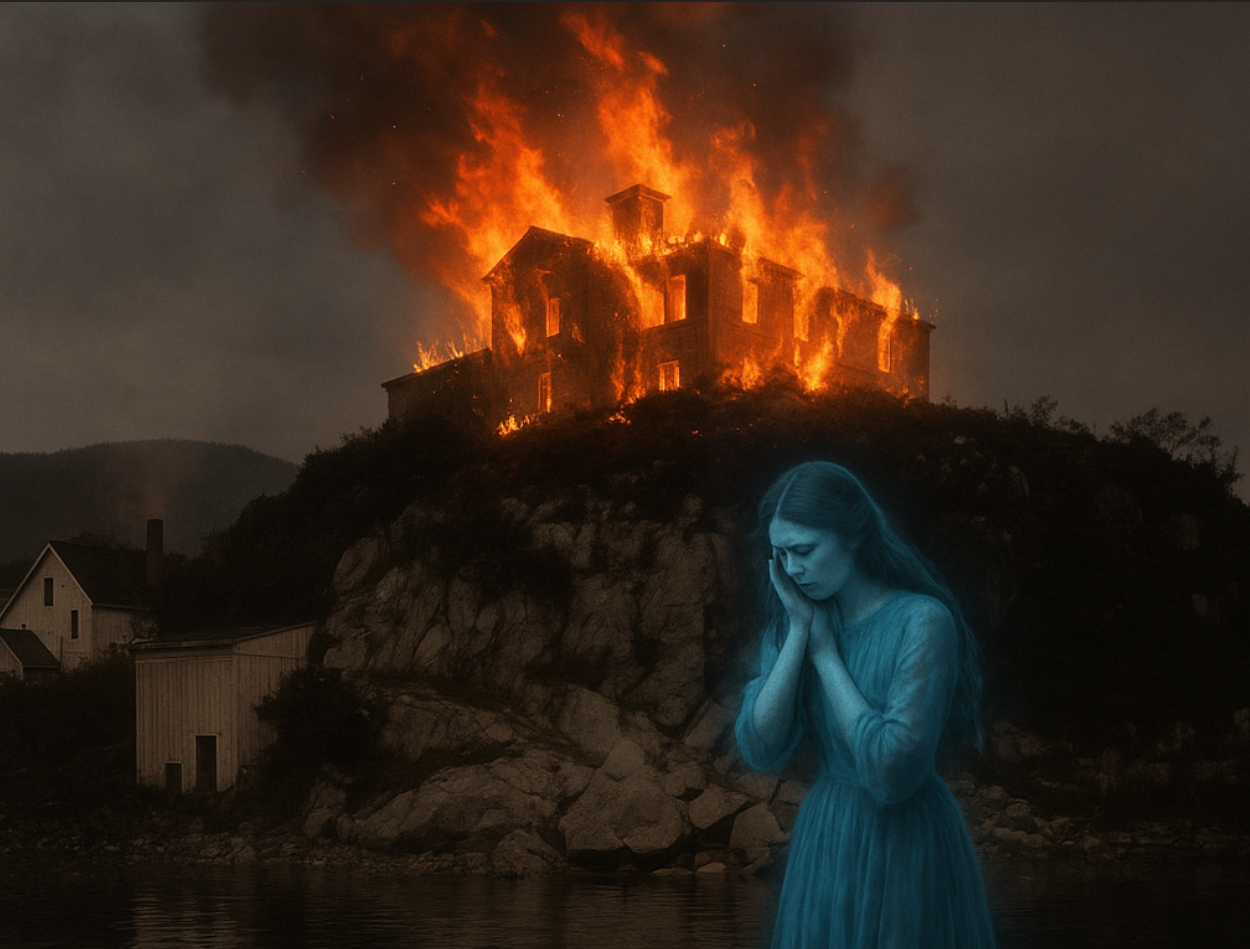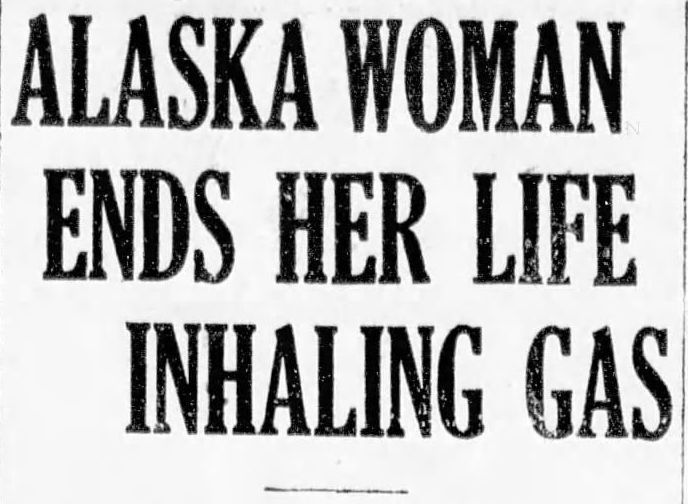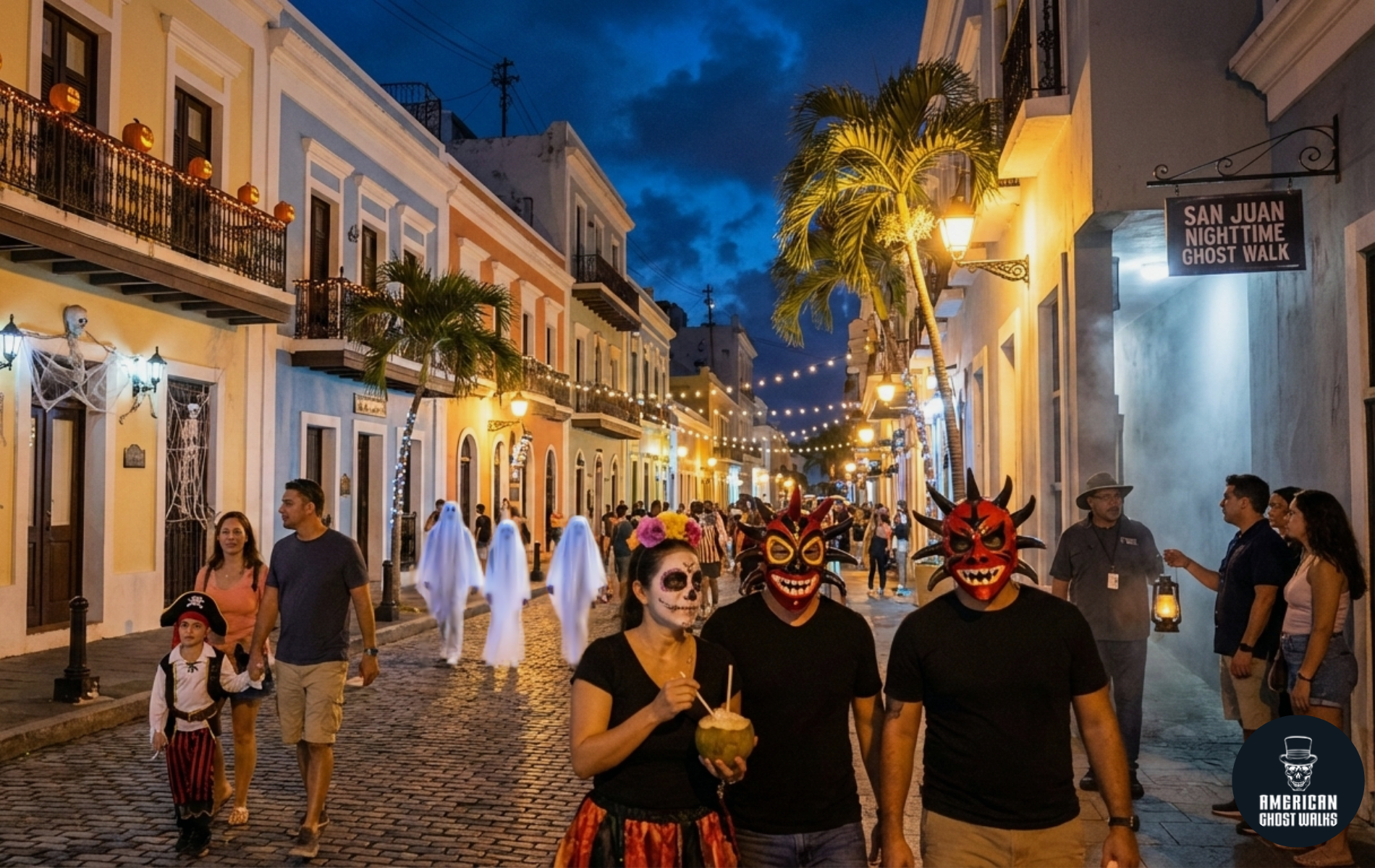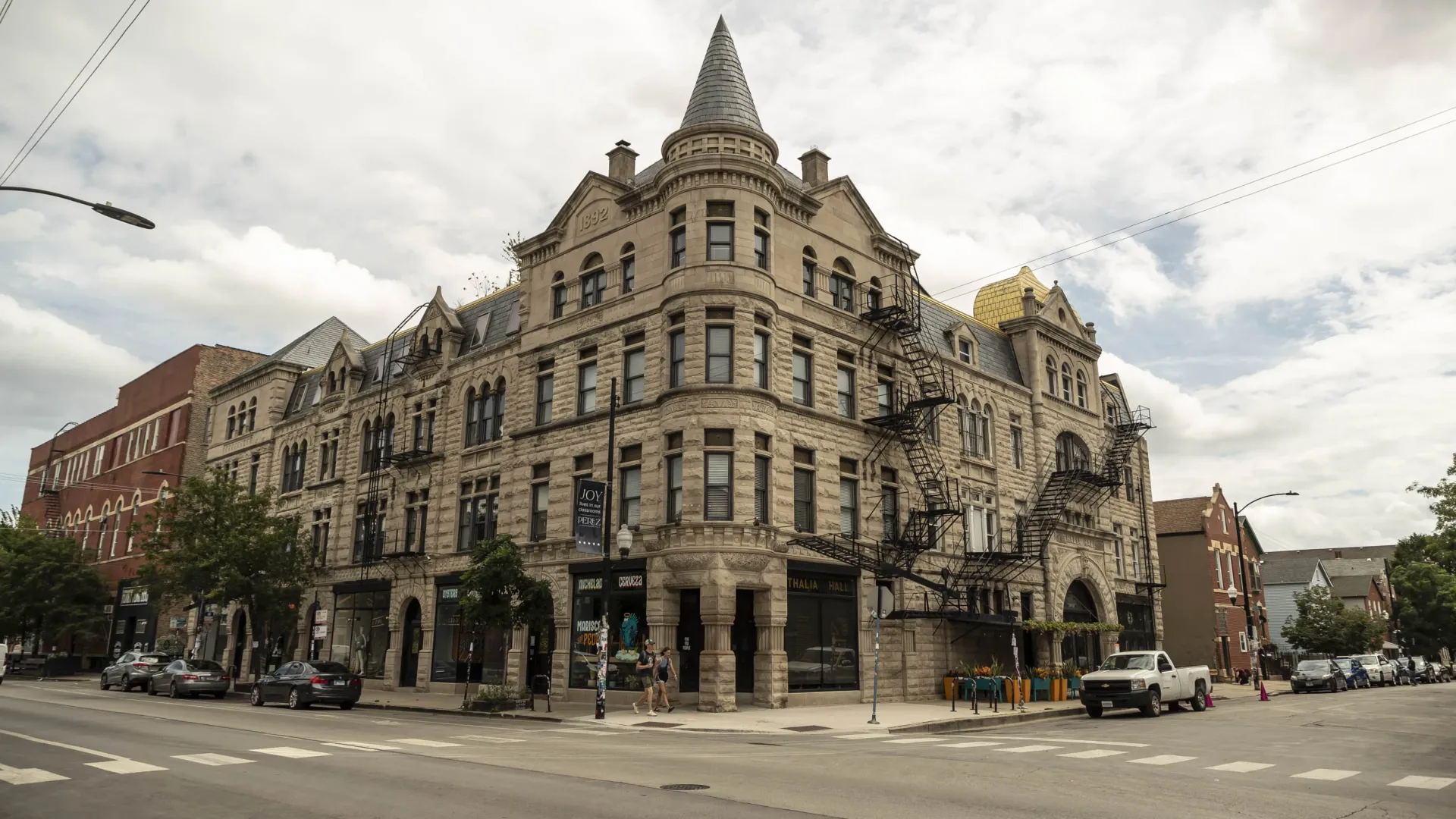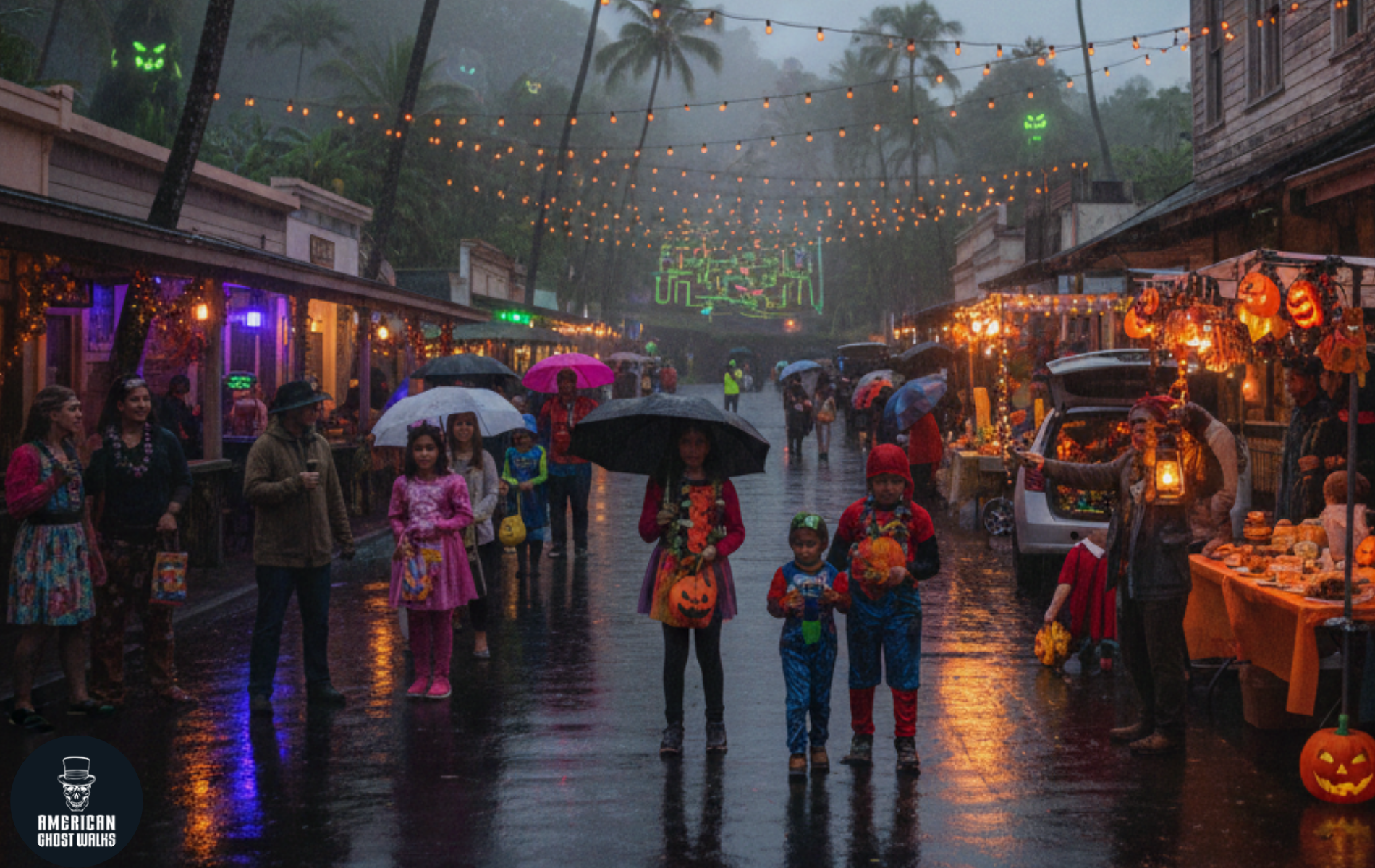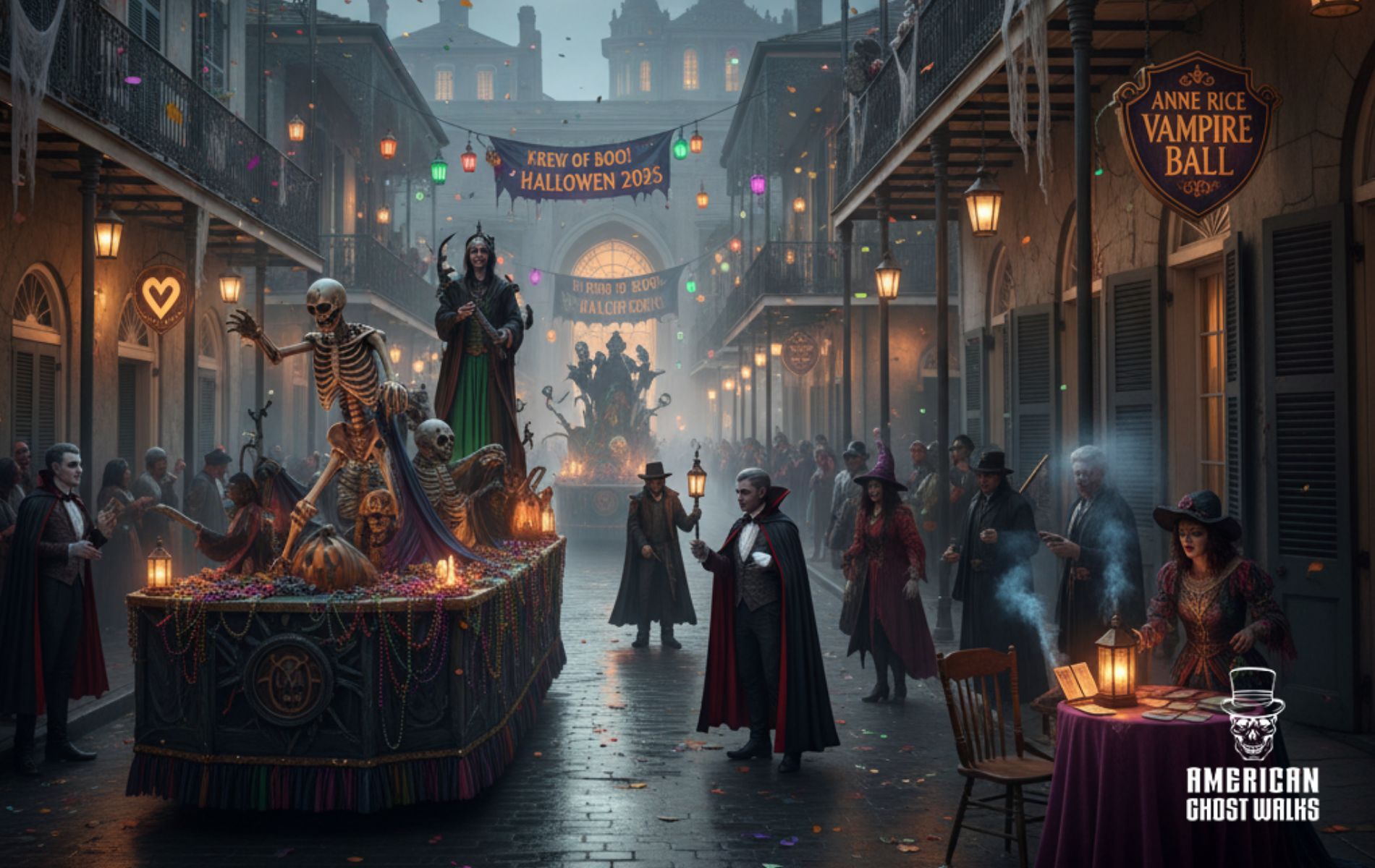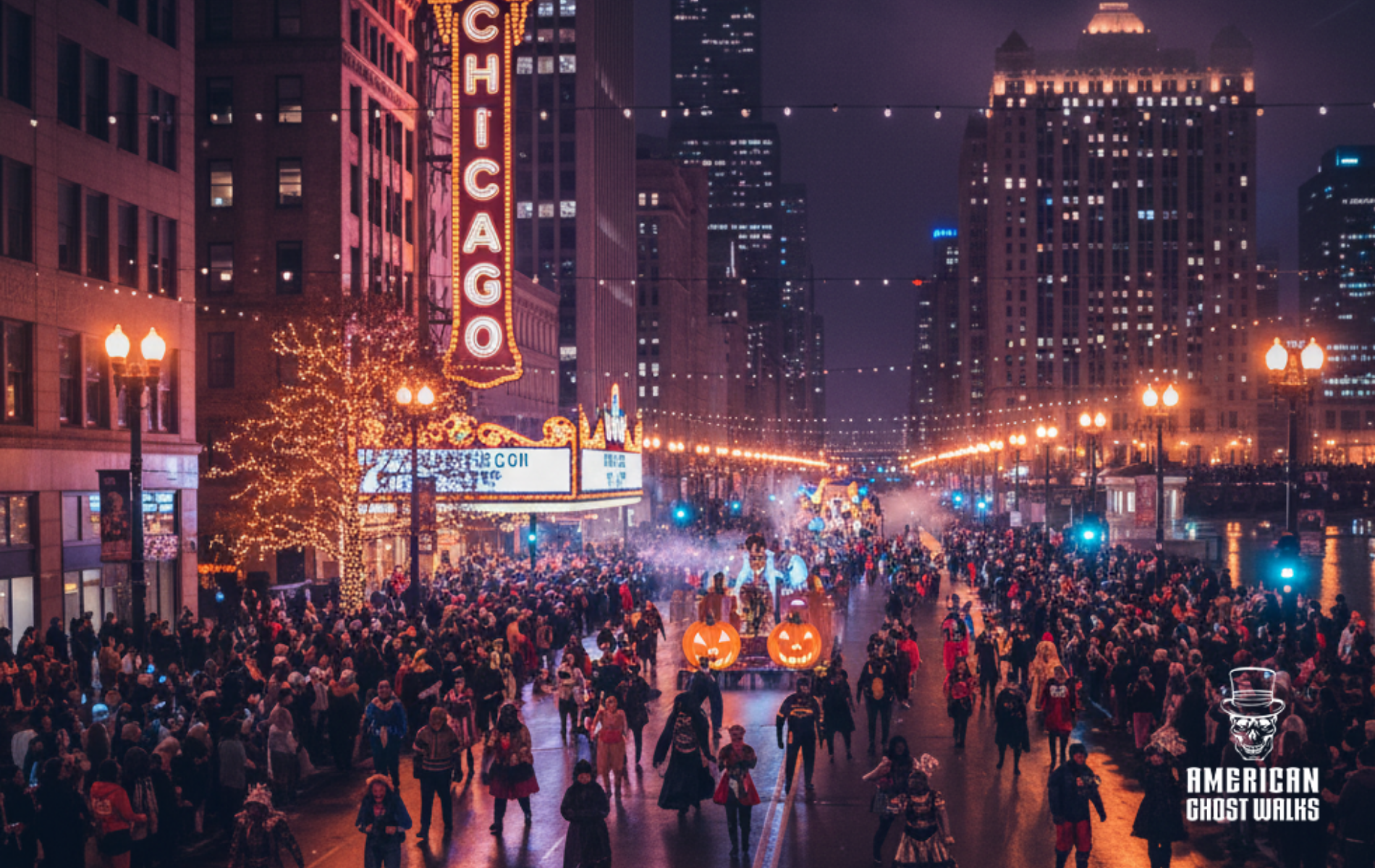Haunted by a Hanged Man: Mary E. Hart's Ghost Story
Alaska’s Leading Lady and a Hanged Man’s Promise
Mary E. Hart was no gullible consumer of Alaskan tall tales. By the early 1900s she had made a name for herself in Alaska as a gold miner, journalist, and civic organizer. Mary was a tough, educated pioneer not prone to flights of fancy. Mary was also a suffragist who founded women’s clubs across the state and proudly showcased Alaska on the world stage – serving as a commissioner for Alaska’s exhibits at the St. Louis World’s Fair in 1904, the Seattle Exposition in 1909, and San Francisco’s Panama-Pacific Expo in 1915.
So it was shocking when in 1915 Mary publicly revealed the reason she vowed never to return to Nome, Alaska. Mary claimed she had been haunted by a ghost in Nome over a decade before and admitted was too afraid to visit the northland ever again.
The story behind that haunting begins on September 19, 1902 – the day Fred Hardy a.ka. Fred Watkyns went to the gallows in Nome. Fred, a white, 26-year-old soldier of fortune, originally from Ohio, had been convicted of murdering three men on remote Unimak Island during the gold rush. He steadfastly maintained his innocence, even as the noose loomed near.
As a newspaper reporter, Mary Hart had been assigned to cover Fred’s execution – the first legal hanging in Alaska. She visited under the guise of a Red Cross nurse and used her rapport with Fred to seek a deathbed confession, but the young man would not confess to a crime he swore he didn’t commit.
According to Mary's account, hours before his execution Fred peered through the bars of his cell and posed unnerving questions: “Mrs. Hart, do you believe in life after death? Do you think the dead can make themselves manifest to the living? I do, and I shall return to tell you about death and about the beyond–if I will be welcome?” When the astonished Mary stammered that he would be “welcome” to return, she immediately felt that sinking feeling that she had made a grievous error. It was a promise from the gallows by a man on the brink of eternity. Mary Hart could only manage fearful compliance. “What else could I have said to a boy about to die?” she later reflected.
Shortly after, Fred Hardy was hanged on a makeshift gallows constructed inside the Nome ice warehouse on that September morning. He died declaring, “I am not a murderer,” but no last-minute reprieve or clemency came from President Theodore Roosevelt.
Mary Hart witnessed Fred’s death, dutifully took her notes and carried the weight of the young man’s eerie final promise with her. Mary’s coverage of Fred’s hanging would become more than just another news story. Fred’s execution was a milestone in Alaska’s frontier justice system. Although it wasn't the first execution in Alaska, it was “the first under legal judicial authority” in the territory. Prior to 1900 the law was often enforced informally by miners’ courts.
The Nome hanging kicked off a troubled chapter of capital punishment in Alaska. A total of eight people would be legally executed in Alaska’s territorial era (1900–1957). Frontier justice was often harsh and unequal. White convicts with money were the least likely to suffer capital punishment.
Several cases were marred by blatant racial prejudice. In 1921, for example, an Eastern European man named Mailo Segura was tried for murder in Fairbanks and was repeatedly derided as a “black fellow” and “bohunk” (ethnic slur) by officials despite his Montenegrin heritage, reflecting the prevalent biases of the time. That same year a Native man known as “John Doe” Hamilton, who spoke no English, was hanged after being convicted without proper interpretation of his testimony. In this botched execution, the drop was miscalculated, resulting in Hamilton's decapitation. Alaska’s early legal system clearly favored whites and English speakers, and indigenous or minority defendants often faced swift, brutal punishment.
It is perhaps no surprise that Alaska abolished the death penalty in 1957, shortly before statehood. But in 1902, as Fred Hardy’s lifeless body was cut down, such reforms were far in the future. Mary Hart left the execution with a sensational scoop, and, unbeknownst to her, the seeds of a ghost story that would soon unfold.
The Haunting of Mary E. Hart
Fred had a surprisingly wealthy estate, all of which he left to Mary upon his death. This included a trunk of his possessions valued at $500, an unspecified amount held in account at a bank in Ohio, and nearly 2,000 acres of land in the lower 48. Why Fred was supposedly murdering prospectors to rob them of their firearms and watches instead of profiting on his 1,565 acres in Tennessee or his 375 acres in Michigan is a mystery.
In spite of this new found wealth, not long after the hanging, Mary Hart’s life took a terrifying turn. It all began with 12 photos she took for the newspaper in the wake of Fred's execution. The most macabre of the photos featured a dead Fred lying in his coffin. No one else was in the room with Mary when she was taking the picture except a young man who was behind her assisting with the tripod. Nonetheless an old man appears in the photo. A ghostly figure of this elderly man is apparent, standing next to Fred's coffin and fading through the wall. Mary would have written it off as a double exposure except for the fact that both Fred and the old man haunted her dreams for several nights afterward. Perhaps the dream visitations were intended to provide guidance for how to go about proving Fred's innocence, which is all he seemed to want from Mary near the end. These gentle intrusions would soon transform into a more forceful form of persuasion.
While Mary sat alone in her Nome office typing another newspaper article about Fred’s execution, she later recalled “. . . Fred Hardy, whom I had seen dashed into eternity, came back to haunt me.” Mary claimed Fred's ghost appeared before her. Then she felt herself seize up with paralyzing fear. Next, like as scene from the 1999 Kevin Bacon movie Stir of Echoes, Mary was gripped in the most visceral way, reliving the execution as if she had been in Fred's body during the hanging. Mary would recall, “I sat rigid in my chair, unable to move or speak. It was as though I were being choked to death; as if I were undergoing what that twenty-one-year-old youth [sic] must have experienced during his last moment.”
The ordeal seemed to stretch on endlessly. Hart would later describe these events in vivid detail, emphasizing that she truly felt the executioner’s noose tightening around her own neck.
Just as Mary struggled on the brink of blacking out, salvation arrived in the form of a colleague, a young woman referred to only as Sunshine. Sunshine knocked and entered Mary’s office, immediately sensing something was horribly amiss. She found Mary Hart deathly still and in a trance-like state. When Sunshine touched Mary’s shoulder, the spell was suddenly broken. Mary could move again. But in an instant Sunshine let out a blood-curdling shriek. Looking into the empty air, Sunshine cried out before collapsing on the floor, “My God, Hardy is here.”
Then Sunshine began to speak. In a low, peculiar tone that sounded exactly like Fred, she described his torments in all their agonizing detail.
For weeks after this incident, Mary E. Hart was plagued by uncanny phenomena. Fred’s presence haunted her day and night, nearly driving her to a nervous breakdown. “It was destroying my health,” she admitted. Mary could neither eat or sleep properly, always feeling the unseen specter nearby.
In an attempt to escape, Mary fled Nome. She booked passage south on the next ship out of Alaska. A woman named Mrs. Barker, a self-described clairvoyant, also traveling aboard the steamer to San Francisco, approached Mary to tell her see saw a young man's spirit following her during the voyage. Mrs. Barker would later expound on the characteristics of the figure, a description that exactly matched Fred's former physical appearance. Only when the ship left the Bering Sea did Fred's presence finally fade away.
Mary exclaimed, “I make no attempt to explain this ghastly experience. But I shall never go to Nome again.” True to her word, Mary E. Hart never returned. Mary Hart’s ghost story made headlines in 1905 and again 1915 under titles like “Occult Features of the Execution of Fred Watkyns in Alaska” and “Terror of Hanged Man’s Ghost Keeps Alaska’s Leading Woman from Nome.”
The tale caused a sensation precisely because Mary Hart was known as a sensible and adventurous woman. As one account noted, “Weirder story never came out of the northland” and coming from Mrs. Hart, “who is not a credulous woman,” it was all the more astonishing.
Of course, skeptics might argue the pressures of the gold rush, the trauma of the execution, or even toxic fumes from the coal stoves or gas lighting could have induced hallucinations. Mary Hart, however, never wavered in her conviction that Fred Hardy’s ghost tormented her in those weeks after his hanging. The experience left a profound mark on her psyche and became an infamous part of Alaskan ghost lore.
The Blue Lady of Sitka and Hart’s Haunted Chairs
Years after Mary Hart encountering Fred Hardy’s ghost, she showed a surprising willingness to tangle with the supernatural again. During her work organizing Alaska’s exhibits for the 1909 Alaska-Yukon-Pacific Exposition in Seattle, Mary made a bold (some said brazen) decorative choice. She furnished her exposition office with mahogany chairs from the fabled Baranof's Hill.
Baranof's Hill in Sitka once held the former residence of Alaska’s Russian colonial governors called Baranof Castle. Local legend spoke of a sorrowful spirit known as the “Blue Lady” who haunted the old stronghold. According to Sitka folklore, the lady in blue is the ghost of a young Russian noblewoman. Forced to abandon her true love for an arranged marriage, the Blue Lady died of heartbreak. But before she departed this life she vowed to haunt the castle for 100 years. For decades, night watchmen and townspeople reported seeing a female apparition in a blue dress weeping and wringing her hands in the empty rooms of the castle.
In 1894 the historic castle burned mysteriously, leaving only ruins. Superstitious locals believed the Blue Lady’s restless ghost might attach itself to whatever furnishings remained. Indeed, the only substantial relics saved were the castle’s heavy mahogany chairs – the very ones Mary Hart later obtained for the expo. The local newspapers quipped that “the only things remaining for the ‘Blue Lady’ to haunt are these chairs,” and noted there was “a little uneasiness in the Alaska building” about Mary's decision.
The notion of sitting in the favorite seat of a ghost upset some of Mary’s contemporaries. Yet Mary E. Hart displayed no fear of the Blue Lady legend. She went ahead and installed the haunted chairs in her exposition office, brushing aside all talk of curses. Perhaps Mary reasoned that spectral lightning was unlikely to strike her twice or felt that Seattle's considerable distance from Southeast Alaska made all the difference.
A Haunted Mind and a Tragic End
In the years following her ghostly ordeal, Mary E. Hart continued her active life, but those close to her wondered if she was ever truly the same. Mary never returned to the far north of Nome, a place that had brought her both fortune and fear. Instead she stayed away, remaining in the West Coast of the lower 48 for the rest of her life, only occasionally visiting Southeast Alaska. Mary's popularity as a writer and speaker who focused on Alaskan history and culture endured. Steamship companies hired her as a shipboard lecturer to guide tourists through Alaska’s inside passage, and she was respected as an expert on the territory’s lore and resources.
Outwardly, Mary did not publicize any further ghostly encounters after 1915. However, it’s hard not to wonder what private burdens she carried. Friends would later say she was plagued by health problems and fears in her final years. By 1921, Mary E. Hart was 65 and had relocated to California. There, facing an upcoming surgical operation and seemingly overwhelmed by anxiety, Mary fell into despair.
On March 9, 1921, she took her own life. Mary was found dead in a room filled with gas, having sealed the doors and windows and opened the gas jet, a method of suicide all too common in that era. The news of her death made national headlines.
Obituaries emphasized her extraordinary resume: “Mrs. Mary E. Hart, gold miner, newspaper reporter and editor, lecturer and writer,” as one paper summarized it, “took her own life in Los Angeles . . . by inhaling gas.” She was widely mourned in Alaska and by women’s organizations she had led.
Mary's immediate circle attributed her suicide to a looming surgical operation that she dreaded. Yet, given what we know of her past, one cannot help but speculate on other contributing factors.
Mary Hart had stared into some dark places. We do not know to what extent those nightmares revisited her later in life. Did the specter of Fred Hardy continue to lurk in her memories? Did she ever truly sleep soundly again after that experience?
By 1921, almost two decades had passed since Fred Hardy’s hanging, and perhaps the rational part of Mary convinced herself it was all in the past. But the very fact that she revealed the most fearful details of the haunting in 1915 suggests it weighed heavily on her mind for more than a decade.
Mary E. Hart stood for Alaska’s adventurous, enlightened spirit. Yet even she found herself consumed by a ghost story she couldn’t rationalize. Her story serves as a fascinating historical case.
The Final Hanging: A Haunted Corner in Juneau
While Fred Hardy’s 1902 execution marked the start of Alaska’s modern use of capital punishment, the last legal execution in Alaska took place decades later in Juneau, on a site now central to our haunted history tours. Eugene LaMoore, an African-American man, was hanged on April 14, 1950, on make-shift gallows at the federal jail once located on the very spot where the Juneau State Office Building stands today.
LaMoore’s case was fraught with questionable evidence and false confessions, and his execution was botched. The noose failed to break his neck, and he took 13 agonizing minutes to strangle to death. During this era, white men convicted of similar crimes were often spared from the gallows.
The injustice and horror of these hangings spurred public debate and helped drive the movement to abolish capital punishment in Alaska, which the territory officially did in 1957. Today, some claim the State Office Building site is haunted by its grisly past.
Explore Alaska’s Haunted History Yourself
The saga of Mary E. Hart and Fred Hardy’s ghost is just one of many eerie tales from Alaska’s past. American Ghost Walks offers haunted history tours in Juneau and Ketchikan, where you can walk in the footsteps of restless spirits and explore the very streets once roamed by gold miners, ladies of the night, and old-timers of the Alaskan frontier.
Our expert guides will immerse you in so much Alaskan history and mystery, you'll transform from a cheechako newbie into a seasoned sourdough overnight. Secure your spot now and discover the paranormal side of Alaska that Mary E. Hart knew all too well!

